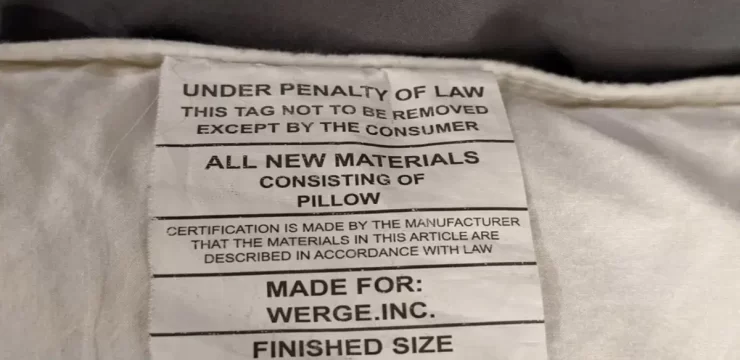In Cornwall, England, a story is making waves that highlights both the growing frustration with public infrastructure and the bold actions some individuals are willing to take when they feel their concerns are being ignored. Authorities in Cornwall are currently searching for a mystery motorist who, after apparently reaching the end of their patience, decided to fix a dangerous pothole themselves. The incident occurred at the junction of Tanhouse Road and Bodmin Hill in the town of Lostwithiel.

The road had been officially closed back in April due to drainage problems that were causing the surface to deteriorate rapidly. Despite the closure and promises of repair, weeks passed without any visible progress, leaving residents and drivers increasingly aggravated. Then, during a weekend in May, someone anonymously stepped in and filled the large pothole with cement, effectively making the road passable once again. For a short time, the road reopened, and traffic was able to move through the area, giving locals a brief sense of relief. However, that relief didn’t last long. Once the Cornwall Council’s road maintenance contractor, Cormac, became aware of the unsanctioned repair, the road was quickly closed again.
Officials stated that the work, while seemingly helpful, had not been carried out under official guidelines and may not meet safety standards. Cornwall Highways authorities have now launched an investigation in an attempt to identify the person who carried out the repair without permission. Meanwhile, the road is expected to remain closed until June 9th as Cormac addresses the issue—just one of many in a long list of needed road repairs that have been delayed due to what officials call a backlog. The situation has stirred a debate across the region and even caught the attention of local political figures.
Colin Martin, Cornwall’s councilor for the Lanreath and Lostwithiel areas, openly expressed his own frustration, not with the individual who made the repair, but with the larger issue at hand. He described the pothole as a “perfect metaphor for the way that the entire public sector is crumbling due to underinvestment.” His words struck a chord with many residents who have grown tired of long wait times and seemingly endless bureaucratic delays. For some, the anonymous motorist has become something of a folk hero—a symbol of grassroots action in the face of government inaction.
On social media and in local conversations, people have expressed support for the repair, arguing that if public services won’t step in promptly to fix a clear problem, then it’s no wonder someone finally did it themselves. Others, however, caution that while the intentions may have been good, unsanctioned repairs could pose safety risks and make matters worse in the long run, especially if the materials or techniques used don’t meet proper standards. Cormac has stressed that while they understand the public’s frustration, road repairs must follow certain protocols to ensure safety for all road users. They noted that the current repair plan includes addressing underlying drainage problems and ensuring long-term stability, not just patching up the surface temporarily. Still, the episode reflects a growing sense of discontent among the public regarding how infrastructure issues are being handled. Roads, bridges, and public works in many parts of the UK—and the world—are facing similar issues of neglect due to financial constraints and competing priorities. In Lostwithiel, what started as a simple act of filling a pothole has now become a broader conversation about accountability, efficiency, and the balance between civic duty and official procedure. Whether or not the person responsible is ever identified, their actions have already left a lasting impact, both literally and figuratively. They’ve forced a spotlight onto an issue that affects everyday lives, and for better or worse, reminded everyone that sometimes, one person’s small act of defiance can spark a much larger discussion about how our communities are maintained—and who is ultimately responsible for fixing what’s broken.





